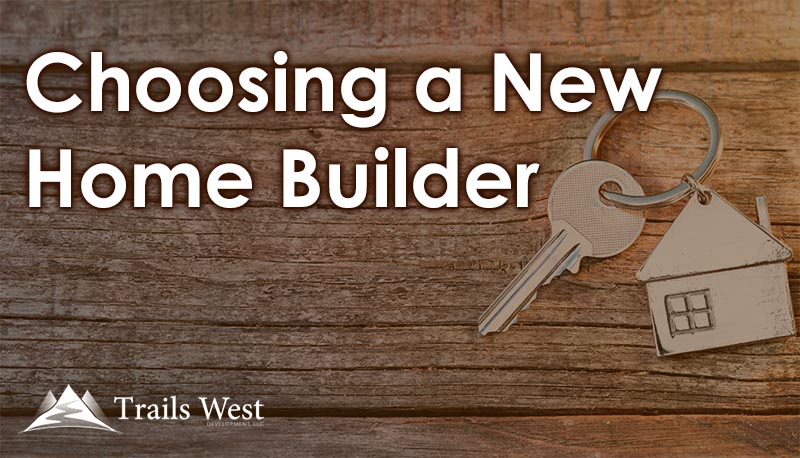Building a brand new home is an exhilarating journey, but it also comes with its fair share of challenges. For numerous individuals and families, the dream of designing a personalized space from the ground up can feel overwhelming without a clear plan. From selecting the appropriate floor plan to navigating approvals and financing options, every decision plays a crucial role in shaping your future abode.
In this manual, we will explore the vital aspects of residential construction, helping you make informed choices that lead to a smooth building experience. Whether you are weighing the pros of building a tailor-made home versus opting for a pre-designed model, or trying to understand the details of the construction timeline, we aim to equip you with the knowledge necessary to tackle the hurdles and enjoy the journey of creating your perfect home.
Constructing Method Overview
The adventure of constructing a new home is an exciting yet detailed process that involves several critical phases. It commences with thoughtful planning and design, where you articulate your vision and set the parameters of your project. This stage is important as it sets the groundwork for all following steps, including selecting a location, deciding on your budget, and picking the right floor plan that meets your lifestyle needs. Southern Highlands Builder to detail during the planning phase can considerably influence the outcome of your home.
Once the design is finalized, the building phase commences. Typically, this begins with site preparation and laying the foundation. From there, the framework of the house is built, followed by the installation of essential systems such as plumbing, electrical, and HVAC. The exterior and interior finishes come next, allowing for customization features to be included, such as smart home technology and energy-efficient designs. Understanding what to anticipate during construction can enable you remain engaged and informed throughout the process.
Finally, as the construction approaches completion, the focus transitions to fine-tuning the details. This includes the concluding inspections, ensuring that everything adheres to building codes and quality standards. Creating curb appeal through landscaping and making personal touches to the interiors are also part of this last stage. A carefully crafted final walkthrough checklist will help you identify any last-minute adjustments needed before closing on your new home. With thoughtful navigation through these stages, you can enjoy the rewarding experience of transitioning into a space that truly represents your aspirations.
Financial Considerations
As you starting your adventure in building a new home, understanding the financial aspects is crucial. Building a new home can building a new home can vary significantly due to location, design selections, and materials used. By the year 2025, future homeowners need to prepare for higher prices in regards to labor and resources, which makes it crucial to have a clear budget from the outset. Careful organization and research can help identify possible costs, allowing builders to steer clear of financial pitfalls later on.
Financial solutions will play a vital role in the construction process. Learning how to fund your construction project entails examining a range of loan types, which include private loans for construction that could come with diverse criteria in contrast to conventional mortgages. Homebuyers need to get ready for potential interest rate fluctuations, as these could influence overall costs. By securing pre-approval and collaborating with experienced lenders, constructors can enhance the financing experience, reducing stress along the way.
Hidden costs are often a minefield in the construction of new homes, so it’s important to budget with contingencies in mind for unexpected expenses. Elements like the clearing of land, utility connections, and external works can increase the final bill if not planned for. With careful investigation and possibly seeking professional advice, homeowners can create a more accurate financial plan, helping to ensure their envisioned home remains a financial asset.

Design and Customization
When it comes to building a new home, style and personalization are essential aspects that represent your lifestyle and choices. Starting with the planning phase, it's crucial to choose a layout that suits your household's needs while allowing space for future changes. Selecting the right design features can create a harmonious flow throughout the home, making spaces practical yet stylish. From open-concept layouts that promote social engagements to more traditional designs that provide distinct zones, the decision will greatly impact your daily life.
Taking into consideration the current design styles can further enhance your new home. In 2025, features such as eco-friendly materials, smart home technology, and versatile spaces are becoming more popular. As you explore options for your new construction, think about how these trends align with your vision for your home. Incorporating design elements like green solutions or spacious areas can not only add to aesthetic appeal but also improve functionality and reduce long-term costs.
Personalizing your new home gives you to infuse your individuality into the style. This can be done through different means, such as selecting unique fixtures, investigating custom furniture, or even incorporating personalized landscaping. Working with builders and designers will assist you find ways to customize and improve your space without overspending. Ultimately, the aim is to create a home that not only meets your current needs but also serves as a representation of who you are.
